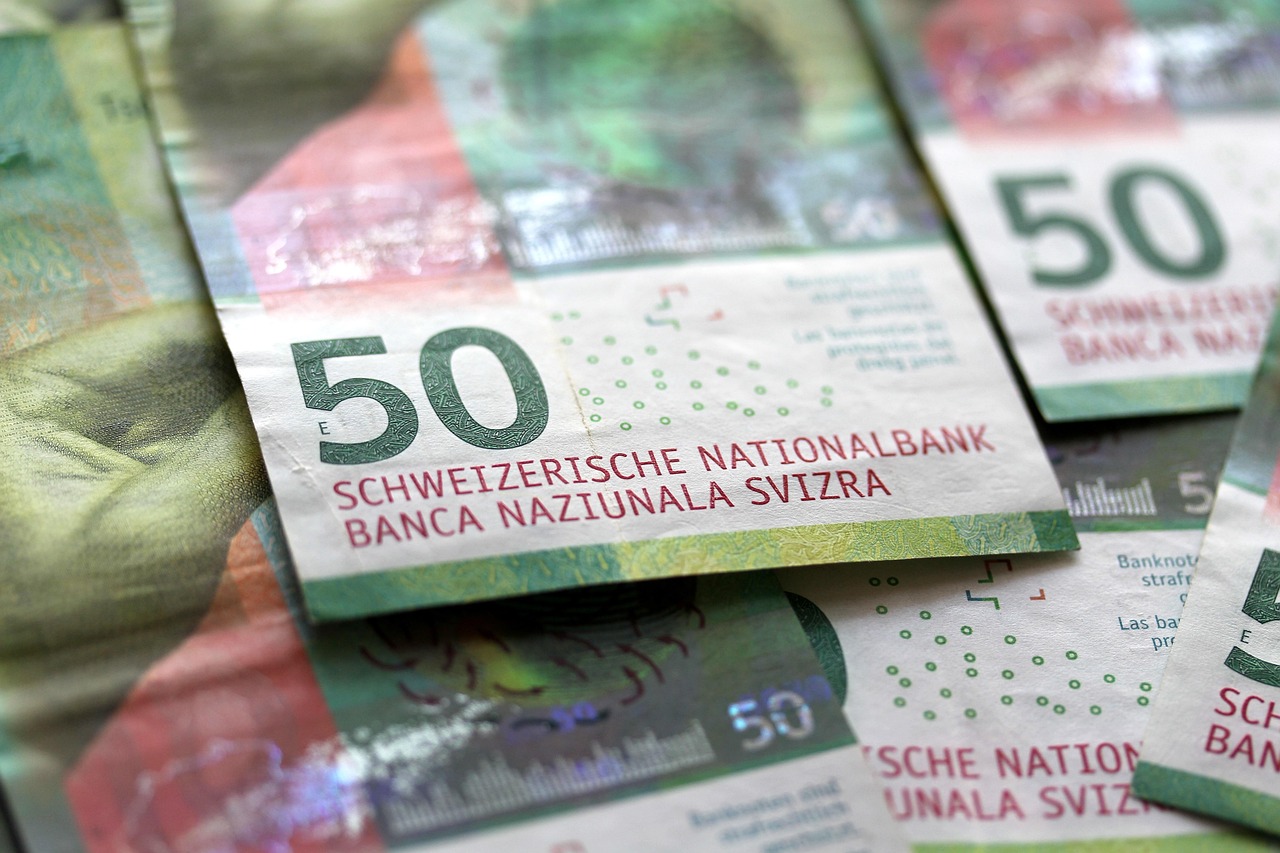Exploring the Future of Music Consumption: NFT-Synced Music Playlists

In the ever-evolving landscape of digital technology, the music industry has consistently been at the forefront of adopting innovative solutions to enhance consumer experiences. One of the latest developments gaining traction is the integration of non-fungible tokens (NFTs) with music playlists. This intersection of blockchain technology and music streaming offers promising possibilities for artists, rights holders, and listeners alike.
Non-fungible tokens, or NFTs, are unique digital assets verified using blockchain technology. Unlike cryptocurrencies such as Bitcoin or Ethereum, which are fungible and can be exchanged for one another, NFTs represent one-of-a-kind items or rights. In the context of music, NFTs can be used to authenticate ownership of a digital asset, whether it be a song, album, or playlist.
The concept of NFT-synced music playlists is relatively novel but rapidly gaining interest. This development allows for playlists to be curated as unique, tradable digital assets. Here, we examine the implications, benefits, and potential challenges of this emerging technology.
The Mechanics of NFT-Synced Playlists
At its core, NFT-synced music playlists leverage blockchain technology to offer a new way for users to interact with digital music collections. These playlists function as NFTs, meaning they are verified and stored on a blockchain, providing a transparent and immutable record of ownership.
Artists and curators can create playlists and mint them as NFTs, which can then be bought, sold, or traded on various NFT marketplaces. Ownership of an NFT-synced playlist can provide exclusive access to curated content or even include limited edition tracks, thereby offering a unique value proposition to collectors and music enthusiasts.
Potential Benefits
- Enhanced Revenue Streams for Artists: NFT-synced playlists offer musicians and curators an additional revenue stream. By minting playlists as NFTs, artists can sell exclusive collections directly to fans, potentially at higher prices than conventional streaming platforms offer.
- Increased Fan Engagement: Fans can become part of exclusive music communities by owning NFT playlists, which can foster deeper connections between artists and their audiences.
- Intellectual Property Protection: Blockchain’s immutable nature helps ensure that the rights of artists and curators are protected, preventing unauthorized reproduction or distribution of their curated playlists.
Global Context and Adoption
The adoption of NFT-synced playlists is still in its infancy, but there are promising signs of growth in various parts of the world. For instance, several music platforms in North America and Europe are experimenting with NFT integrations, and some artists have begun to release NFT-based playlists to their fan bases.
Moreover, the increasing interest in NFTs across multiple sectors, including art, gaming, and sports, indicates a growing acceptance of blockchain technologies. This broader cultural shift may encourage more players in the music industry to explore NFT-synced playlists as a viable model for distribution and engagement.
Challenges and Considerations
Despite the potential benefits, NFT-synced music playlists also pose certain challenges:
- Environmental Concerns: The energy consumption of blockchain technology, particularly proof-of-work systems, raises environmental concerns that need to be addressed as the industry moves forward.
- Regulatory Hurdles: As with any emerging technology, regulatory frameworks are still catching up. Ensuring compliance with intellectual property laws and financial regulations remains a critical consideration.
- Technical Complexity: The intricacies of blockchain technology can be a barrier to entry for artists and consumers unfamiliar with NFTs, necessitating user-friendly solutions and educational resources.
Conclusion
As the music industry continues to explore new digital frontiers, NFT-synced music playlists represent an intriguing development with the potential to reshape how music is curated, owned, and experienced. While challenges remain, the benefits of enhanced revenue streams, increased fan engagement, and improved intellectual property protection offer compelling reasons for stakeholders to consider this innovative approach.
As technology evolves and adoption increases, NFT-synced playlists may become a mainstay in the music industry, offering a fresh perspective on music consumption in the digital age. For now, industry players and observers alike will be watching closely to see how this unique intersection of music and blockchain technology unfolds.















